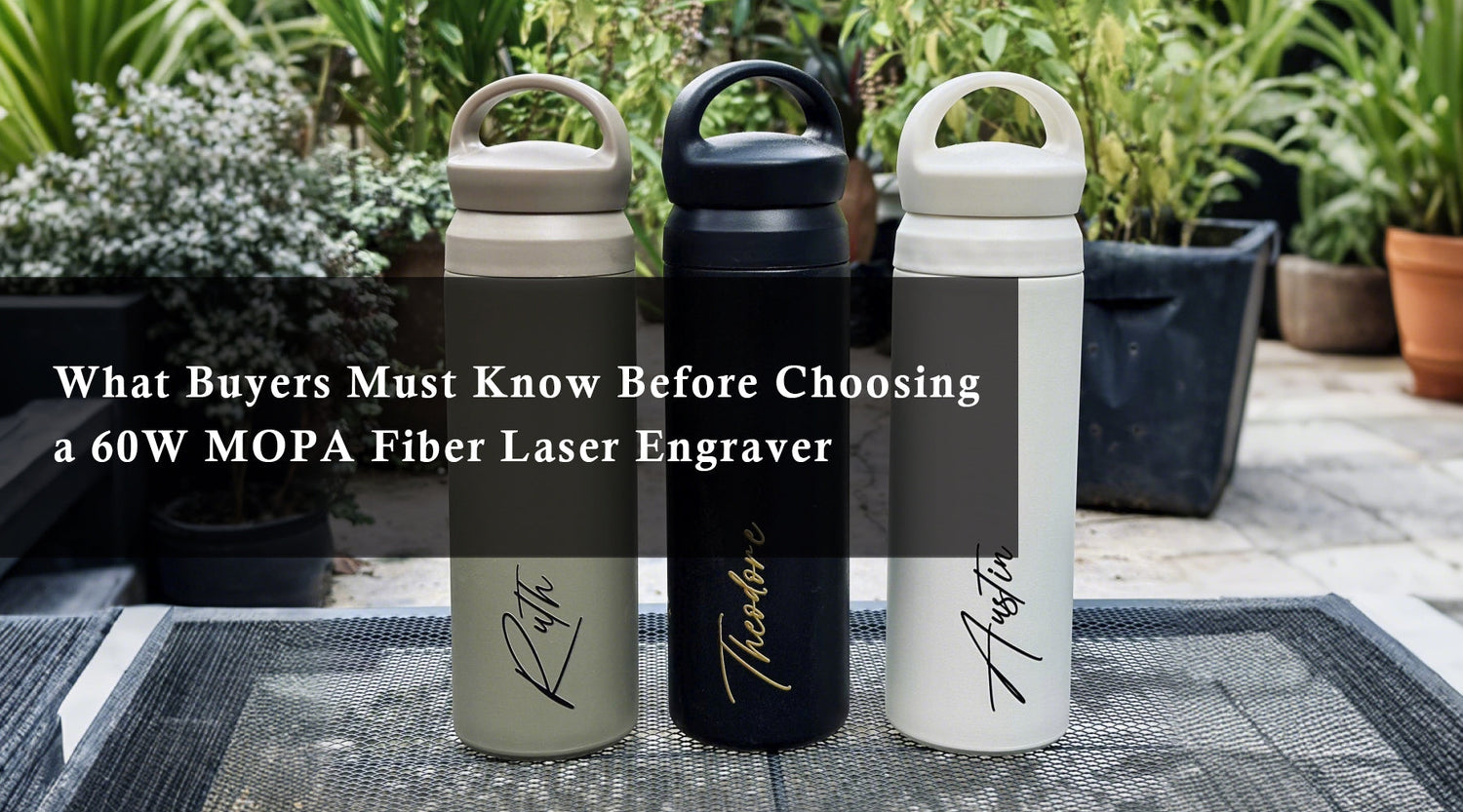What is a 3D printer?
3D printing (3DP) is an advanced rapid prototyping technology that constructs objects layer by layer from a digital model. This process uses various materials, including powders, metals, and plastics, and is known for its additive manufacturing method. In this process, a 3D printer deposits layers of filaments, typically made from plastics like PLA or ABS, to recreate objects.
While home or tech enthusiasts often use small, closed models, larger 3D printers employ robotic arms and can even print entire buildings using materials like concrete. In addition to architecture, 3D printing holds immense potential in fields like medicine and robotics. Various printing techniques, such as molten deposition modeling, laser stereolithography, and electron beam melting, enable a range of applications, from household projects to high-end industrial uses.
For those exploring creative avenues, combining a laser cutter and 3D printer setup enhances your workshop's versatility. While the 3D printer handles shaping and prototyping, the laser cutter adds precision engraving or cutting capabilities to a wide range of materials.
Read More : 10 factors to consider before buying a laser engraver
The difference between 3D printer and laser engraving machine
Different materials:
Common 3D printing materials include nylon glass fiber, durable nylon, gypsum, aluminum, titanium alloy, stainless steel, silver, gold, and rubber-based materials. However, switching between materials often requires different machines, especially when transitioning from plastic to metal designs.
In contrast, laser cutters can handle a wider variety of materials—including glass, wood, gemstones, plastics, paper, fabrics, and certain metals. If you're looking for a tool that works seamlessly across multiple surfaces, investing in both a laser cutter and 3D printer allows you to expand your material options. Laser cutters also provide quick material-switching capabilities without requiring major hardware adjustments.
While 3D printing is additive and creates little waste, laser cutting is subtractive and can generate material debris. Each method serves different purposes, and together, a laser cutter and 3D printer combo can significantly enhance your creative workflow.
Different speeds:
Laser cutters are usually faster. Laser cutters tend to deliver finished products faster than 3D printers. The high precision with which the laser beam cuts the material gives you complete control over the appearance of the final product. Laser engraving a work usually ten minutes or even a few minutes can be completely completed. Although 3D printers are much faster than the typical manufacturing molds used to produce objects in the traditional way, anyone who knows anything about 3D printing knows that it takes a lot of time to make a complex model, and that the slower the printing speed, the higher the precision, and the longer the printing time. You need a lot of patience to make a complete product. Sure, it's a long wait, but you can do something else while the 3D printer is working without having to watch it all the time.
Different working areas:
The size of a 3D printer limits the size of the objects you can create, as you can only make objects as large as the tray or chamber on the machine. 3D printing is usually a closed environment, and small businesses who want to buy a 3D printer will usually not buy a huge industrial type, but will usually print in a closed box. Therefore, its working area and the size of the items that can be printed are limited, and the laser engraving machine, especially the CO2 laser engraving machine, the general working area can be increased, even unlimited expansion.
Different costs:
Both laser cutters and 3D printers come in a variety of price options, but 3D printers tend to be cheaper than laser cutters. However, 3D printers tend to be more expensive to operate because the filaments can be expensive and some parts, such as extruder nozzles, may need to be replaced over time. You will also need to use a different spool for each color you want to use, and you may need to clean the extruder when switching between different types of filaments, which can be wasteful. Because of the expense of creating a single 3D-printed object, these machines are typically used for prototyping rather than mass manufacturing.
Different industry maturity:
Laser engraving machine industry has developed into a relatively mature industry, but the 3D industry is still an immature industry. In addition, 3D printers generally can not form continuous consumer production, the quality of their carved products is usually not good enough to sell, and the production speed is slow, unable to create multiple 3D objects for sale. But laser engraving machine cutting speed is fast, can mass production of a variety of goods, if you are in the spare time to do a small business, then laser engraving machine must be more suitable for your business needs than 3D printers. The perforation process, which is crucial in fusing and flame cutting, must be performed before the actual cutting process begins and is of less importance. The material is converted directly to gas, so it does not cause any damage to the machine or produce any melting or oxidation residues. However, this method is more commonly used for other materials such as wood, textiles or leather. Evaporating the metal directly is almost impossible. As you can see, these processes are much harder and more industrial than 3D printing. Now 3D printers and laser engraving machines are in the home and are popular with technology enthusiasts and artists alike.
Final Thoughts
In summary, choosing between a laser cutter and 3D printer doesn’t have to be an either-or decision. These tools complement each other in powerful ways. The 3D printer excels in modeling and structural fabrication, while the laser cutter offers speed, precision, and the ability to work on a wider range of materials.
If you're a maker, hobbyist, designer, or small business owner, investing in both a laser cutter and 3D printer equips you with a complete digital fabrication toolkit—allowing you to prototype, personalize, and produce finished products with professional quality.








